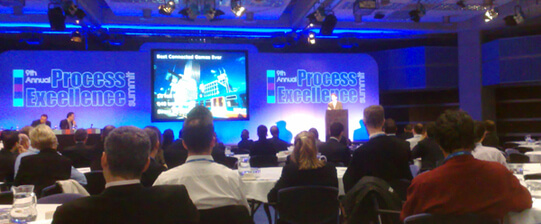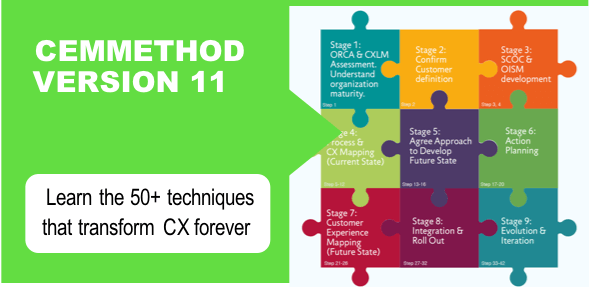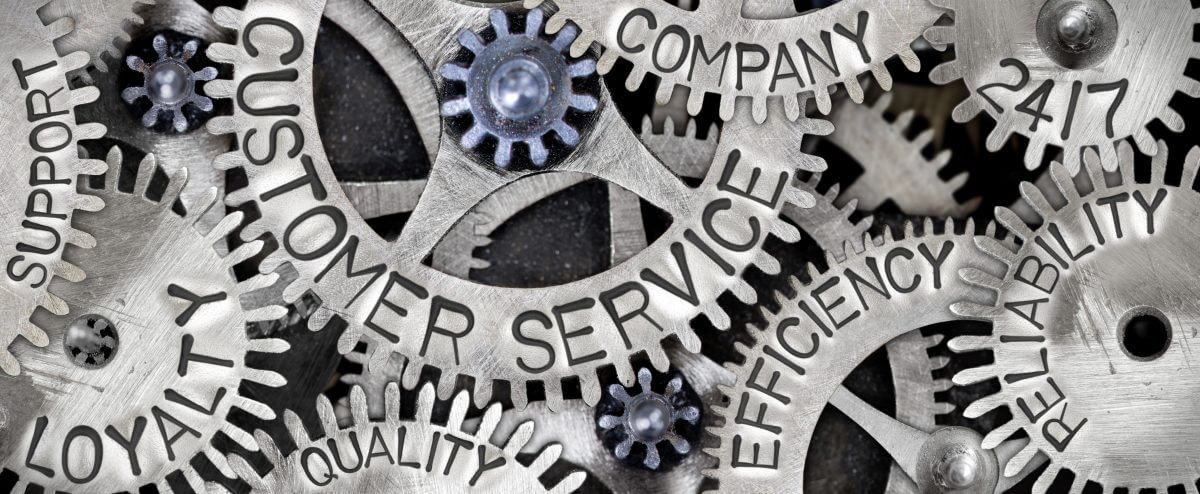From the desk of James Dodkins, CCO BP Group.
In the first two articles in this four part theme we reviewed ‘Understand and applying Process diagnostics’ and the ‘Successful Customer Outcome’ map. We now move our attention to the third way we can rethink process forever
Re-framing process for an Outside-In world
A fundamental principle of Outside-In is the understanding of where your process starts and ends.
In the 20th century many techniques and approaches developed to better understand and create processes. In its earliest form pioneering work undertaken by the United States Airforce created modelling approaches based on the Structured Analysis and Design Technique (SADT) that produced iDEF (Integrate DEFinition Methods).
iDEF became recognised as a global standard as a method designed to model the decisions, actions, and activities of an organization or system[1]. iDEF as a method has now reached iDEF14 [i] and embraces a wide range of process based modelling ideas. Concurrent with the development of iDEF technology providers created proprietary modelling approaches, and subsequently developed into modelling language standards, used by many organisations to represent their systems and ways of working.
The convergence of business process modelling and business process management (BPM) has now produced a rich set of tools and techniques able to model and ideally manage an organisation. In fact one of the more accepted definitions of BPM (based on the British Journal of Management): “Business process management (BPM) is a management approach focused on aligning all aspects of an organisation with the wants and needs of clients. It is a holistic management approach”
Until a few years ago process management approaches looked within the boundaries of the organisation and the combination of modelling and management approaches were adequate to understand the enterprise. The impact of process management in improving organisation performance has been profound however we now face a different reality driven by the customer.
As a consequence both disciplines now present a series of problems that include
(a) understanding the beginning and end of the process,
(b) the techniques used to model process are inadequate and focused on the wrong things
Strangely customer involvement in a process often appears as an afterthought and the actual representation systems (left to right, top to bottom) create an illusion that fosters the belief that “the customer isn’t my job”.
Let’s deal with each in turn by example:
a. The beginning and end of process
To aid the discussion let’s look at two airlines, British Airways and Southwest, and we’ll review how they ‘think’ about their business through the eyes of process. If you sit down with British Airways executives and asked the question “where does your process start and end?” the response reflects the main source of revenue, seat sales.
So the answer “the process is from the ticket purchase to the collecting the bags off the carousel” is no great surprise. In fact that is the way we have mostly thought about process in that it starts when it crosses into organisation, and finishes when it leaves. We can easily model that, identify efficiency improvements, improve throughput and optimise apparent value add.
As far as British Airways is concerned what you do outside of that process is no concern of theirs, after all they are an airline and that’s what they do. Now let’s change our perspective and visit Love Field in Texas and meet the executive team of Southwest. Ask the guys the same question “where does your process start and end?” and the answer is a whole different viewpoint.
The process begins when the potential customer thinks of the need for a flight, and only ends when they are back at home following the journey. The scope of this process is defined by the phrase “the customer experience is the process”. That’s an Outside-In perspective and creates opportunities across the whole customer experience.
More than that it raises the prospect of additional revenue streams, spreads the risk associated with a dependency on seat sales, reinforces the customer relationship and develops an entirely different way of doing business. So let’s ask another question of our friends at Southwest “guys, what business are you in?”, and the answer changes everything you ever thought about airlines forever “we’re in the business of moving people”.
Downstream Southwest may well turn the industry further on its head as they move from being the low cost airline to the ‘no cost airline’ and give their seats free of charge. What would that do to your business model if 95% of your revenues, as with British Airways, comes from seat sales?
The business challenge for Southwest becomes one of controlling the process to benefit and maximise the customer experience. That involves partnering, sharing information and doing all necessary to make customers lives easier, simpler and more successful.
Now how do you model that?
b. The techniques used to model process are inadequate and focused on the wrong things
We have reviewed the ultimate cause of work for all organisations is the customer. Organisations exist to serve the customer though the provision of products and services and in this way develops revenue that goes to the profit and onward distribution to the stockholders.
In other organisations without the profit motivation, for instance the public sector, then the effective delivery of services is measured by citizens and stakeholders. Accordingly it stands to reason that everything happening within the organisation should be organised and aligned to deliver customer success and anything that isn’t is potentially ‘dumb stuff’. The techniques we use to ‘capture’ process are however not suitable to understanding the causes of work and focus attention instead on the visible tasks and activities that are perceived to create value for customers. In the context of the enlightened customer this is at best misleading and at its worst actually part of the broader problem. In Outside-In companies the focus has shifted to understanding the causes of work, and then engineering those causes to minimize negative effects.
Once more to go Outside-In we need a perspective shift and we can achieve this by identifying those three causes of work and then set out to reveal them and their negative impact.
How big is the size of the prize? Efficiency and productivity gains of 30% to 60% are common. Cost reduction of services by 50% is not unusual.
Cause elimination is a seek and destroy mission. It’s the challenge to weed out the “dumb stuff” in our organizations.
By truly fixing the Causes of Work, rather than messing around with the Effects (a bit like moving the chairs on the deck of the Titanic) we will all find our customers and employees life simpler, easier and more successful. Are you ready to challenge your assumptions and start eliminating those causes of work? Fix the Cause, remove the effect.











